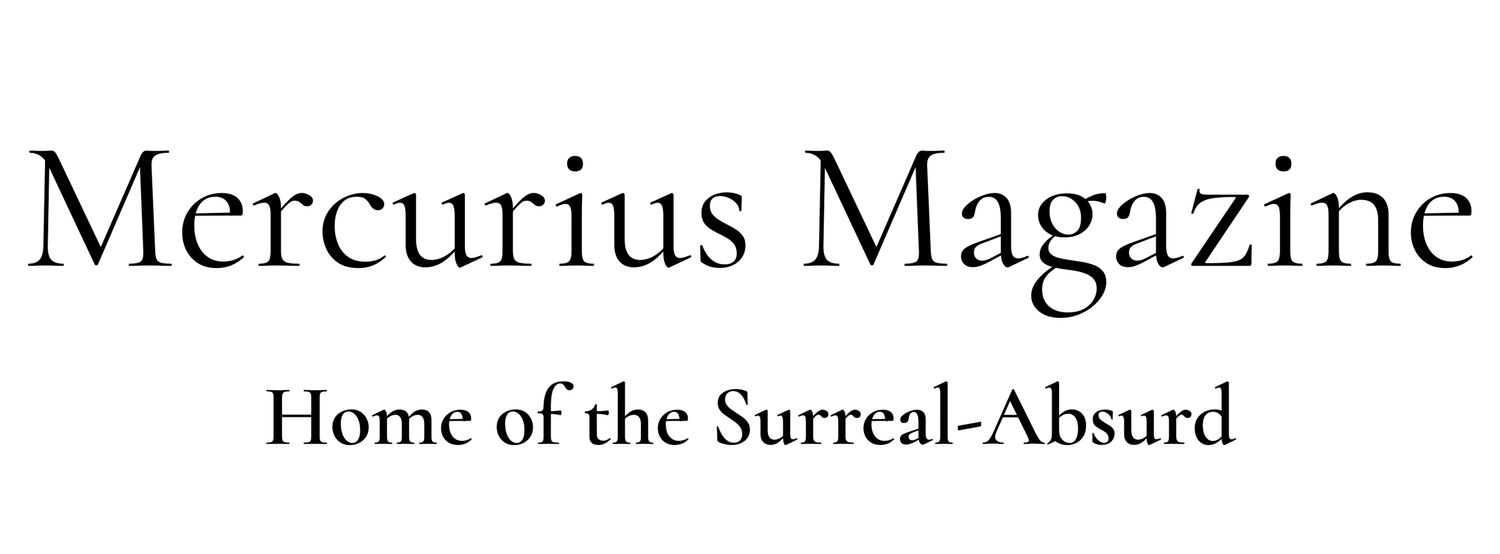Book of Miracles
The Book of Miracles was discovered in a cave in the mountainous province of Girona, Spain. It is written in a language that has long since sunk into the mists of time: the language of the Zohori, an ancient people who once occupied vast swathes of land in and around the Pyrenees but disappeared without a trace circa 1500 BC. They were said to be a peaceful people, since no evidence of the forgery of weapons has so far been found in the excavations of their settlements.
The history of the Zohori has received the attention of scholars since the very remote past. Ancient authors have written about the Zohoris in very clear terms, and with the revival of these texts during the Renaissance, new perspectives were generated. The geography and culture of the Zohori have featured significantly in the ancient texts, and these focused principally upon their links with the peoples to the north and south of the Pyrenees. Celebrated anthropologists such as Borax of Larichana have associated the Zohoris with migrants from North Africa. Early fathers of the Church such as St. Augustine have done the same.
In the early decades of the nineteenth century several of the Zohori megalithic sites started to be explored, but without the employment of a proper excavation technique. A great deal of information has thus been lost, in sites such as the Zollo Stone Circle at Puigscalm, otherwise known as the Bollowan Circle, after the artist who drew it, Charles de Bollowan.
The Catalan medical doctor, Pep Joan Zammit, was the first to conduct the excavations on Zohori sites in accordance with the standard scientific techniques prevailing at the time. In the initial stages he was assisted and guided, in the excavations at Puigsacalm, by Thomas Ashby, Director of the British School at Rome, who later also assisted Andreu Morenz at Beget.
It was the German scholar, Albert Mayr, in the very early years of 20th century, who finally severed the link of the Phoenicians with the Zohori megalithic monuments. He initially attributed them to the Bronze Age, and even accepted Arthur Evans' hypothesis of their partially sepulchral utilization. With Zammit's discovery of Zalalori Temple, Mayr eventually agreed with Zammit in attributing the temples to the Neolithic period. The Zohori early history no longer dated to a millennium before the time of Christ; using parallels with the European Neolithic, Zammit had already dated them correctly to 3000BC. Yet even before the discovery of Zalalori, Mayr was able to discern the "long and gradual development" of construction in the Zohori megalithic monuments, with the simplest of forms forming a semi-ellipse, which was then modified with time "through the addition of niches and lateral chambers." Mayr started his sequence of temple descriptions correctly with Ggantija, from the "simplicity of its ground-plan, arrangement and construction".
It was in a walled up cave close to the principle ceremonial site of Zalalori that the “Book of Miracles” (as named by the renowned German anthropologist Richard Von Schlaussmann) was discovered. As a collector of rare artifacts, I have been fortunate enough to acquire a facsimile copy of the original manuscript into my permanent collection. It is tragic that the original manuscript itself was lost in a fire on Christmas Eve in 1984.






Titles:
1: Book of miracles
2: Who sees like a hawk but moves like a tortoise
3: The mountain awakes
4: The snake that climbs the mountain becomes a flower and almost medicinal
5: An inverted pyramid appears above the pyramid of the dead
6: Disharmony brings forth a world of diversity
